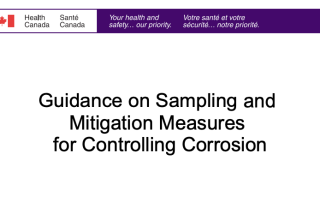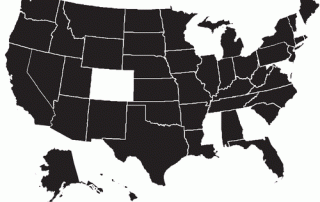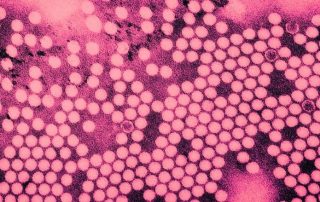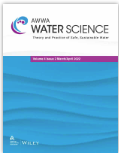Stay in the know on all things drinking water
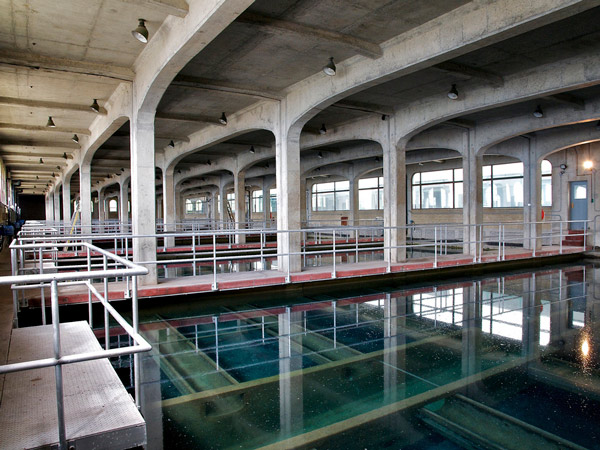

Dr. William B. Anderson retired on January 1, 2025. He maintains a connection to the Water Science, Technology & Policy Group through an adjunct professorship to guide his remaining graduate students through to their degree completion. He was previously a Research Associate Professor and the Associate Director of the group. He has been active in drinking water quality and treatment research for over 45 years, more recently focusing on contaminant adsorption to microplastics, microplastic removal through chemically assisted filtration, pathogen removal, perfluorinated compounds, cyanobacteria and their toxins, and biological filtration. He has served on the Boards of Directors of the Ontario Water Works Association (OWWA) and the Walkerton Clean Water Centre and currently serves on the OWWA Advocacy Steering Committee and the Canadian Water and Wastewater Association Drinking Water Quality Committee. Please note that Dr. Anderson is no longer accepting graduate students.
The past 15 years, Bill has maintained an email service drawing attention to items of interest to drinking water professionals including, for example, the latest research articles, regulatory updates, outbreak reports, topical issues, and media stories. Bill’s email service has expanded over time to include all interested individuals. These emails are now also archived here in a blog format as they are released, which can be explored by category or simply by scrolling through the posts below.
If you would like to join Bill’s email list for updates straight to your inbox, you can send an email to Bill to be added to the list.
Draft guidance on sampling and mitigation measures for controlling corrosion
Health Canada has posted a request for public comment on the draft document entitled “Guidance on sampling and mitigation measures for controlling corrosion.” They indicate that it “has been developed with the intent to provide regulatory authorities and decision-makers with guidance on sampling and mitigation measures for controlling corrosion in drinking water distribution systems.
Estimating National Exposures and Potential Bladder Cancer Cases Associated with Chlorination DBPs in U.S. Drinking Water
Despite significant reductions in exposure over the past several decades, our study suggests that ∼10% of the bladder cancer cases in the United States may still be attributed to exposure to DBPs found in drinking water systems.”
Canada to start testing some wastewater for polio-clarification
With the development of strategies and methods for collecting, analyzing, and tracking the SARS-CoV-2 virus, the door has been opened to monitor for other viruses. CBC is reporting that testing for polio and monkeypox viruses will soon be conducted in select municipalities.
PFOA in rain worldwide exceeds EPA advisory level!
On the basis of the four PFAAs considered, it is concluded that (1) levels of PFOA and PFOS in rainwater often greatly exceed US Environmental Protection Agency (EPA) Lifetime Drinking Water Health Advisory levels.
School and childcare center drinking water: Copper chemistry, health effects, occurrence, and remediation
US schools and childcare centers including that “flushing contaminated water was the most evaluated remedial action but was unreliable because copper quickly rebounded when flushing stopped.” They point to a second potentially important finding, “building water treatment systems have been used, but some were not capable of making the water safe.
Drinking water, fracking, and infant health
We find consistent and robust evidence that drilling shale gas wells negatively impacts both drinking water quality and infant health. These results indicate large social costs of water pollution and provide impetus for re-visiting the regulation of public drinking water.

